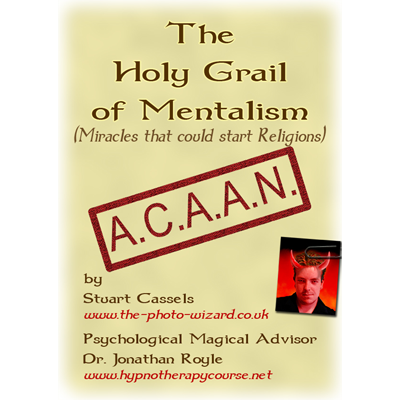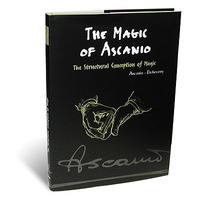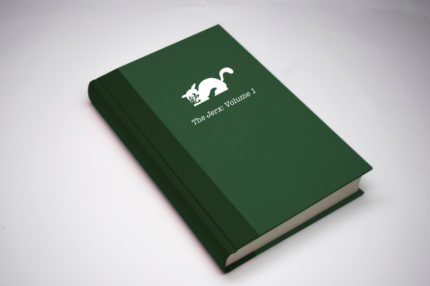“Chance does not exist, and what seems to us casual springs from the deepest sources” (Friedrich Schiller).
Surely it has happened to you that a book or an advertisement gave you the answer to that doubt that was hammering you or you happened to call a person on the phone at the same moment in which he was calling you or to have had an unexpected meeting in an unexpected place or meeting just the person you needed at that exact moment. These are not randomness, but synchronicity, one of the most enigmatic and surprising aspects of this universe.
According to Carl Gustav Jung, the term synchronicity defines the “simultaneity of two events bound by meaning, but in a casual way”, as the union of internal and external events in a way that cannot be explained, but which certainly makes sense for the person observing it.
Jung concluded that there is an intimate connection between the individual and the surrounding environment, which at certain moments exerts an attraction that ends up creating coincidental circumstances, tending to a specific value for the people who live it, a symbolic meaning. These are the kinds of events we attribute to chance, fate, or even magic, depending on the perspective we have.
Synchronicity, for example, would represent on the physical plane the idea or solution that is hidden in the mind, disguised as a surprise or coincidence, thus being much easier to achieve.
If we let go of circumstances and do not press or force the occurrence of events or the will of people while we maintain a receptive and open attitude, letting ourselves be carried away by our intuition and our inner wisdom, we will open the doors to the “magic” it offers us. the experience of synchronicity. If we know how to listen to it, it can become an excellent guide of our lives.
This is the new and original narrative presented here, which makes the effect exciting and somewhat mysterious. Peter Wilker points out David Berglas as the author of this effect, repeated over time by many magicians, as in the original version or with many (and sometimes effective) modifications.
It is a stage or living room effect (also available by telephone) that can be summarized as follows: three people each choose (randomly) a three-digit number; invited by the performer, they will give life to other numbers, composed by randomly choosing the numbers.
In the end, the mentalist will demonstrate that he has predicted the sum of the new numbers generated.
There are several methods for determining the number to predict; Wilker’s merit is to have synthesized a simple and effective procedure.
This version offers a scheme that allows you to propose effects with any number of digits (three, four, or how many you want to use), and then the effect can be immediately repeated (by adding a digit and thus making it appear more difficult and complicated).
1st edition 2021, PDF 13 pages.
word count: 1330 which is equivalent to 5 standard pages of text














